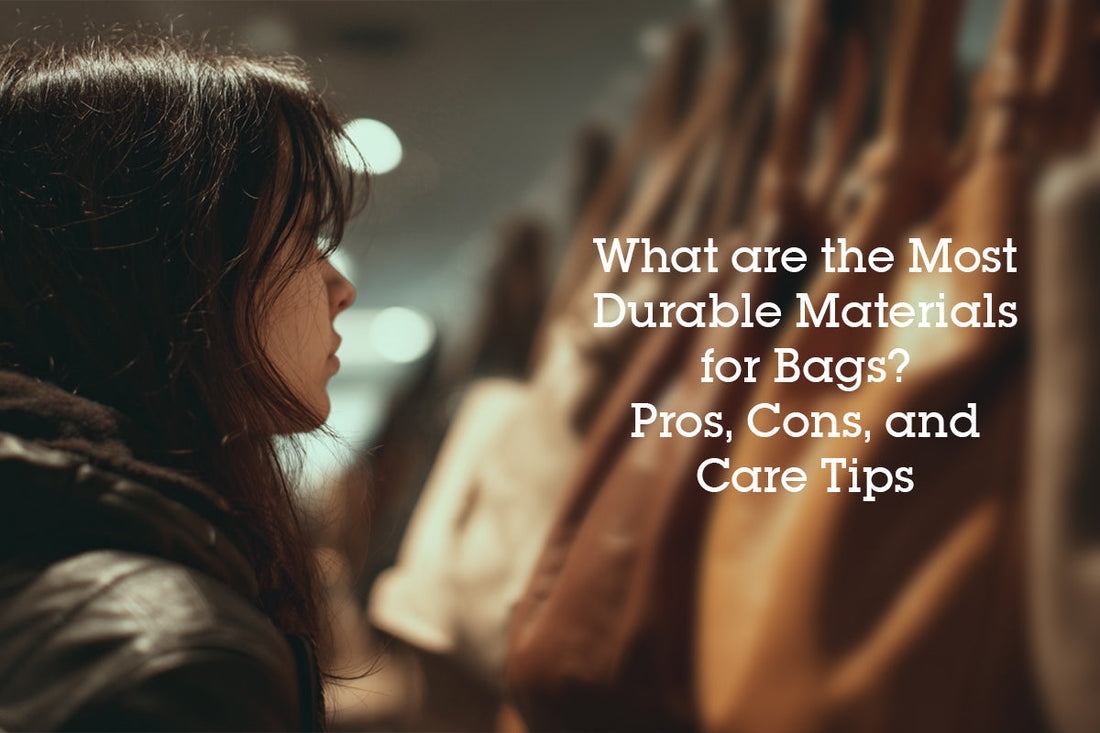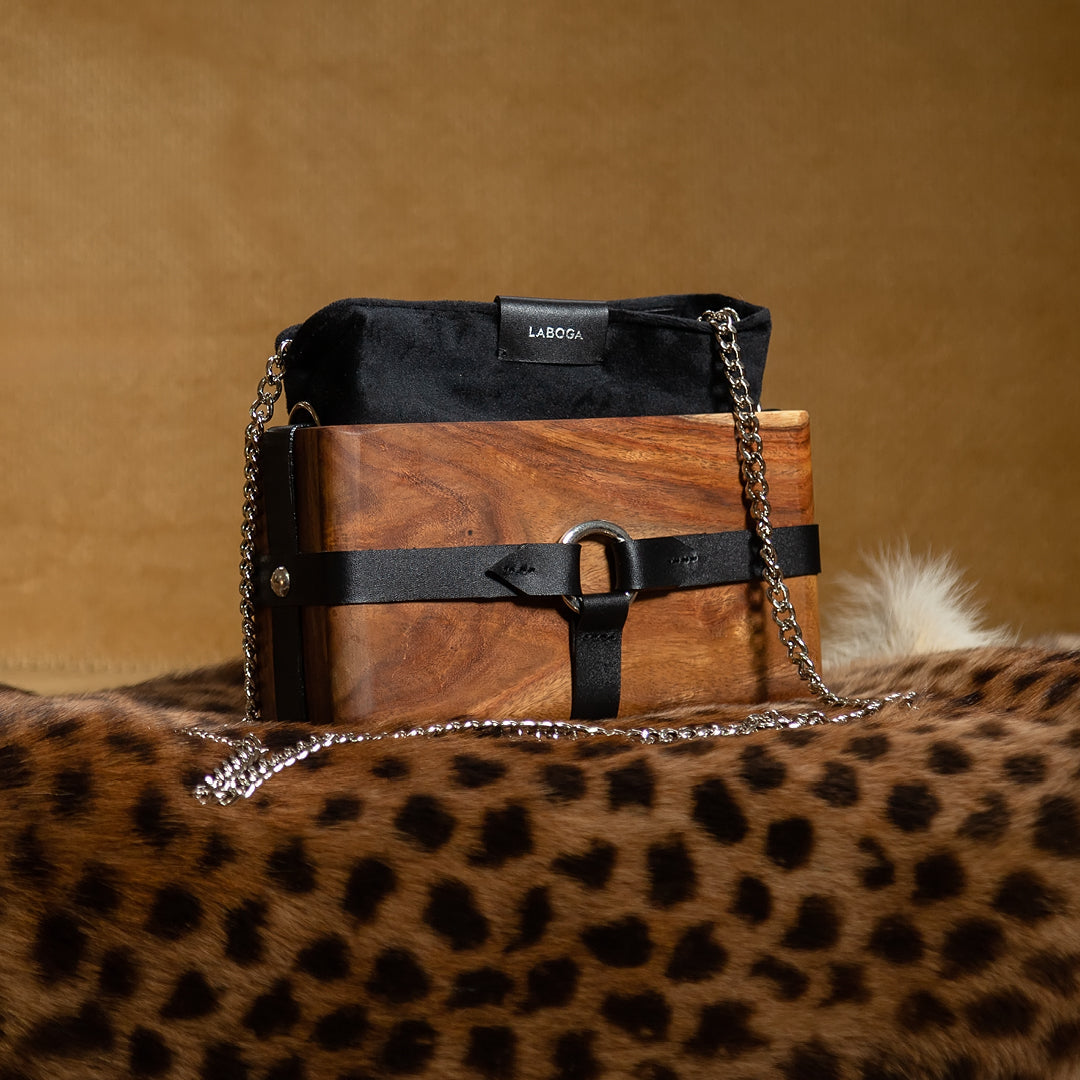Selecting the right bag can feel a bit like choosing the perfect shoes—it’s not just about aesthetics; comfort, function, and message all matter. Whether you’re heading to a board meeting, a yoga session, a weekend trip, or a gala event, the bag you carry says as much about your intentions as your chosen attire. Finding a balance between utility and style can transform not only how others perceive you, but also how you carry yourself, too.
The Fundamentals: Matching Function with Purpose
Before sliding into textures and trends, start with practical questions:
- What do you need to carry, really?
- How long will you have the bag on your shoulder, in your hand, or across your back?
- Are there items you must keep easily accessible?
For instance, a lawyer commutes differently than a photographer, and their bags should reflect that.
A Quick Guide: Bag Types and Their Best Occasions
|
Bag Type |
Best For |
Key Features |
What to Consider |
|---|---|---|---|
|
Tote |
Work, Everyday, Shopping |
Spacious, often open top |
May lack structure or security |
|
Backpack |
Travel, Commute, Gym |
Hands-free, ergonomic |
Bulkiness, style limitations |
|
Crossbody |
Errands, City trips |
Secure, lightweight |
Usually compact |
|
Clutch |
Formal events, Night out |
Small, statement piece |
Limited capacity |
|
Duffel |
Gym, Weekend trips |
Roomy, easy to pack |
Size can be cumbersome |
|
Satchel |
Work, Meetings |
Structured, organized |
Can get heavy |
|
Messenger |
Casual work, Cycling |
Convenient to access |
Less formal |
|
Belt Bag |
Festivals, Travel |
Ultra-hands-free |
Trend-driven, limited space |
Think about the day ahead—a tote may be a champion at the supermarket and a burden at a concert.
Style Meets Utility: Balancing Form and Function
A beautiful bag that can’t hold your daily agenda or stains easily won’t last long in your rotation. Consider the following:
- Capacity: If you’re carrying a laptop, lunch, makeup, and a planner, choose a bag with space and supportive handles.
- Compartments: Frequent travelers often love bags with hidden pockets for passports and tech.
- Closure Type: Zippers offer security; open bags make grabbing things easier.
- Straps and Handles: Adjustable or padded straps can make all the difference during long days.
When selecting a daily work bag, opt for neutral tones and classic shapes—they blend versatility with professionalism. Leather, nylon, and canvas are durable options that also look sharp.
Modern-Classic: Bag Trends and What They Mean for You
Seasonal colors and quirky shapes might catch your eye, but a timeless design is a reliable companion. Still, it’s fun to play with trends—think bold hardware, chain straps, or eco-conscious materials.
In recent years, the fashion industry has come to understand the importance of adopting slow-fashion values and the eco-friendly practices of quality and longevity on the environment. Timeless styles that are not disposable trends, durability in the craft-based products, circularity, long-lasting materials, local production, fair wages, and safe working conditions are all cornerstones of sustainable practices. Conscious designers look for durability and style as opposed to fast-fashion trends and provide repair opportunities for their products, all to ensure conscious consumption and to try as much as possible to keep their products away from the waste stream.
Choosing these options sends a powerful message about your values.
Micro-bags are having a moment, but be honest with yourself about what you actually need to bring—tiny bags turn style icons into pragmatists when there’s nowhere to stash a phone.
Everyday Essentials: Making the Selection for Routine Life
For many, everyday bags need to “do it all.” Look for:
- Sturdy material to withstand regular use.
- Neutral colors for easy pairing with different outfits.
- Enough space for must-haves without becoming unwieldy.
- Secure fastenings to prevent accidental spills.
Rotating between two or three bags in the same palette helps keep outfits fresh and the chance of overstuffing any single bag low.
Quick Tips for Everyday Bag Success
- Invest in a quality catch-all tote or structured satchel.
- Use interior organizers for smaller essentials.
- Don’t forget a mini umbrella and reusable shopping bag—they’ll slide right in.
Professional Polish: Bags for Work and Business
A work bag carries more than just your laptop—it carries your professional attitude. Choose wisely based on your industry and commute.
A structured satchel or sleek tote in leather or high-quality faux leather sends a message of capability. Opt for designs with built-in tech compartments if you jump around between meetings and need your devices close.
If you commute by bike or on foot, try a designer backpack or large crossbody—these combine practicality with personal style. Avoid flashy logos, graphics, or wild patterns for conservative workplaces; instead, let details like textured leather or subtle hardware speak.
The Right Bag for the Job
- Creative roles: Color or pattern can work, but maintain a professional silhouette.
- Corporate: Stick to muted tones, classic structures, and minimal hardware.
- Education or healthcare: Durability and comfort trump trends; opt for simple, stain-resistant designs.
Travel-Ready: Bags for Adventure and Getaways
Travel can either test or prove your organizational skills.
Carry-alls, carry-ons, and duffels shine on weekend trips, offering quick access and flexibility. On longer hauls, rolling suitcases mixed with a trusty tote or backpack keep essentials handy through security checks and airport waits.
Look for bags with:
- Lightweight, hardwearing fabrics.
- Wide, comfortable straps.
- Multiple zippered compartments.
Anti-theft zippered pockets ease your mind in crowded places.
Travel Bag Checklist
- Does it fit airline carry-on restrictions if flying?
- Is it easily modifiable (expandable, foldable)?
- Waterproof or weather-resistant?
- Does the style match your destination—urban, business, or outdoorsy?
Fitness and Fun: The Gym and Beyond
Not all bags can handle post-spin shoes and a sweaty t-shirt. Gym bags need:
- Ventilation zones or spaces for shoes.
- Washable lining.
- Plenty of pockets for toiletries and devices.
Many brands now offer stylish gym bags that double as weekenders, bridging function with bold colors or minimalist silhouettes.
If you go straight from the gym to work, scout a bag that fits fitness gear plus a change of clothes, a laptop sleeve, and a water bottle holder.
Making a Statement: Formal and Special Events
When the dress code rises to meet the occasion, so should your bag.
Clutches and minaudières provide just enough space for credit cards, lipstick, and a phone. For weddings, galas, or cocktail parties, match metallic finishes, beadwork, or unique shapes with the mood of the outfit.
For black-tie events, keep the bag small and elegant. Statement pieces like a sculptural clutch add personality, but keep the rest of your accessories minimal for balance.
When to Match, When to Contrast
A common question: Should bags always match shoes? Not necessarily. Modern styling allows for thoughtful contrast:
- Pair a jewel-toned clutch with black pumps for a pop of color.
- Metallics function as stylish neutrals.
- Let texture (like velvet or beading) be the star if your outfit is simple.
Keeping Up with the Times: Trend Watch
Every year brings bag shapes and features into the spotlight. While it’s tempting to collect every novelty, consider your personal wardrobe sensibility. A few well-chosen, on-trend pieces that work with your staples will reward you more than a closet of impulse buys.
Currently, chain-strap bags, structured mini-totes, and circular silhouettes are widespread in street style. Eco-conscious shoppers are leaning toward bags crafted from natural fibers, like raffia.
Quick Q&A: Common Concerns
How many bags does one actually need? The sweet spot usually falls between three and six: one for work, one for casual use, a travel-ready piece, something smart for evenings, a purposeful gym bag, and, if your lifestyle calls for it, a specialty bag (like a camera or diaper bag).
Is it worth investing in a designer bag? A well-chosen designer bag can last decades and elevate every outfit, but only if it aligns with your personal style, needs, and values. Assess quality over big brand names, and favor classic silhouettes over trendy novelties.
What about maintenance? Store bags in their dust covers, avoid overstuffing, and condition leather to preserve suppleness. Regular cleaning—inside and out—makes a huge difference in longevity.
Can you switch bags often? Absolutely, but keeping a mini-pouch of essentials (wallet, keys, lipstick, charger) that can transfer between bags saves time and hassle.
The Silent Language of Bags
That final mirror check before you rush out the door—bag on shoulder or slung across your body—is not just about function. It’s a sign to the world about your priorities, personality, and preparedness. Whether you lean toward classic styles or playful patterns, invest in pieces that nod to practicality without ignoring the statements you wish to make.
The right bag is more than an accessory. It’s your everyday companion, your silent ally—a marker of taste, intention, and self-assured style. Dressing for the day begins when you pick up your bag. Make it count.





